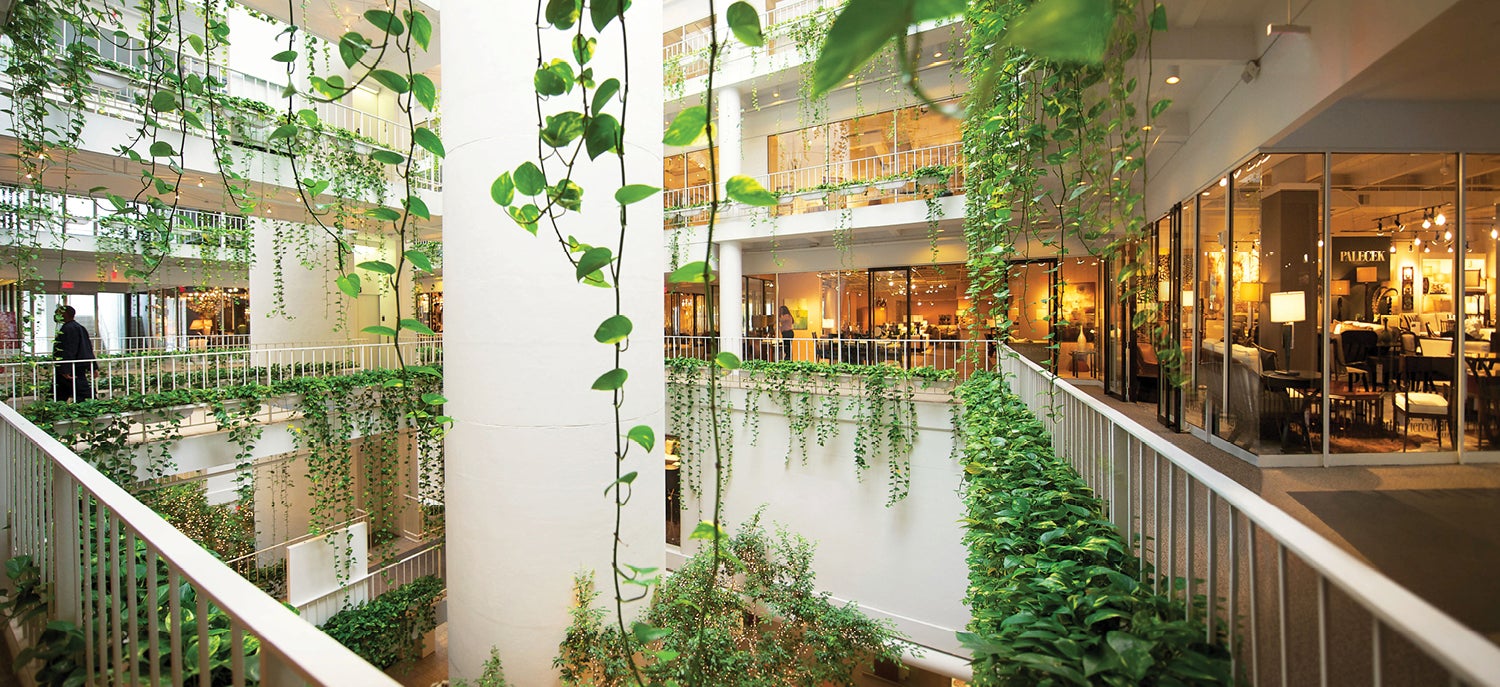Maybe you’ve noticed that shopping has changed over the past decade? As a healthy chunk of commerce has moved online (and everyone’s lives have gotten busier), the way designers buy has shifted too. It’s a transition that certainly hasn’t been lost on the people who sell to them.
“Our client is the designer. We’ve noticed they’ve changed—the world has changed,” says Kristan McLaughlin, general manager of the Boston Design Center and president of Design Centers International (DCI), a trade group representing owners of 12 of the major design centers in the United States and Canada. McLaughlin’s organization recently conducted a survey of more than 1,000 designers in an effort to chart a path forward. “The survey was the direct result of our collective feeling that if we fail to stay in tune with what our client wants and fail to deliver what our client needs, this will be the end of our industry.”
So, what’s the scoop—what do 1,031 designers really want?
One of the biggest takeaways from the survey has to do with a hot-button topic: how showrooms display pricing. According to the survey, transparency is in. Almost 50 percent of respondents said they’d prefer showrooms to display both trade and retail pricing. (A close second: 40 percent suggested displaying only retail pricing.) “The cloak-and-mirrors concept that used to be part of the trade has got to adapt,” says McLaughlin. “The end consumer is also looking at these projects, and the designer has to see the product and see what it costs, they need transparency.”
Another takeaway from the survey has to do with extended hours. As designers increasingly work for clients who are unavailable from 9 to 5 (or 6 or 7), there’s a lot of chitchat in the design center world about experimenting with evening hours, though none have yet taken the plunge. Based on what DCI found, designers are pondering the same issue—more than 60 percent said they’d shop extended hours in some form.
However, it’s not an unequivocal endorsement. Thirty-eight percent of designers said they wouldn’t shop extended hours, and most designers who expressed interest said they’d likely only take advantage of them once a month. McLaughlin says the data shows a sincere interest in evening shopping, but suggested that designers themselves aren’t eager to spend every night in a showroom.
Maybe the most unambiguous finding in the survey is the desire for design center apps: More than 75 percent of respondents said they’d find one valuable. That’s certainly good news for the BDC, which launched one last year and is in the process of building out its functionality.
Though it wasn’t a primary focus of the study, an interesting side note. Fifty percent of respondents reported that their average project entailed less than $100,000 in goods purchased. And by the same token, when asked about their most frequently used online sources, designers scored Wayfair second highest (RH was No. 1).
In other words, while the designers who are buying silk velvet by the bolt tend to command most of the attention, there’s a far larger number of designers working on projects with #realpeople budgets. It’s an audience that design centers ignore at their peril. “In every design center … we have to offer a diverse mix of products,” says McLaughlin. “There’s always going to be a high and a low. That’s how we look at a mix, so we can capture both the $100,000 and the $5,000,000 project.”
The sum total of the findings, McLaughlin says, is more refinement than revelation. The survey mostly hewed along the lines of discussion that DCI members were already having internally—their hope now is that having data will turn hunches into action.
Homepage photo: The Atlanta Decorative Arts Center (ADAC)





























